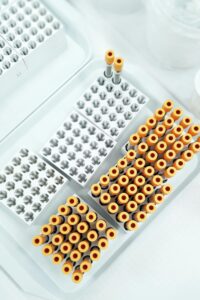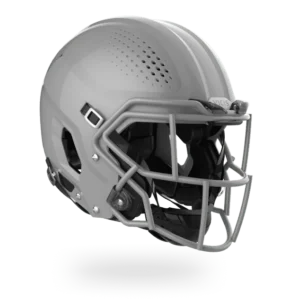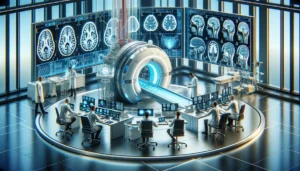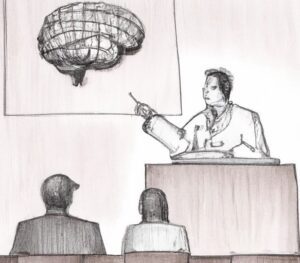Traumatic brain injury (TBI) is a disruption in the brain’s structure or normal function caused by an external physical force or a sudden blow. It results in permanent or temporary impairment in physical, functional, or psychosocial abilities. Traumatic brain injury carries both public health and socioeconomic consequences. A wide variety of treatments are offered to help decrease or eliminate physical, emotional, and cognitive problems related to traumatic brain injury. Traumatic brain injury treatment depends on its type, location, setting, severity, and length.
Traumatic brain injury treatment goals
Some clinical parameters need to be maintained for traumatic brain injury treatment, especially for intensive care unit patients. Goal-directed treatment parameters include,
- Maintenance of adequate oxygenation and normocapnia
- Close monitoring of systolic blood pressure and mean arterial pressure
- Maintenance of normal body temperature (normothermia)
- Providing patients with pulmonary issues needs lung-specific parameters. Core body temperature should be maintained at <38°C
- Electrolytes goals must be kept within the normal range. Sodium level should be monitored closely, as it is crucial in patients with traumatic brain injury
- Avoiding Hyponatremia as it worsens cerebral edema
- Hyperglycemia and hypoglycemia must be kept in check as they are detrimental to the outcome. Hence, it is essential to monitor serum glucose closely.
- As anaemia and coagulopathy are very common in patients with traumatic brain injury, they should be closely monitored too.
Medications and traumatic brain injury treatment
Once the goals of traumatic brain injury treatment are clear, choosing the right medication is crucial. It needs careful analysis of any present neurological disabilities, the lesion’s nature, and the time elapsed since the incidence. Here are some commonly used agents in traumatic brain injury treatment.
Psychostimulants: Antipsychotic medications are the drugs used to treat psychosis, mental and emotional conditions like attention deficit hyperactivity disorder (ADHD). In this condition, patients face problems with the brain’s executive functioning and have similar characteristics to brain injury in terms of signs, symptoms, and neurotransmitter aberrations. In mild traumatic brain injury, such psychostimulants show better concentration, attention, and performance on motor memory tasks. Thus, it helps to shorten recovery time, but it cannot change morbidity. In severe traumatic brain injury, psychostimulants exhibit improved work performance, better mood, and alertness.
Antidepressants: These are the class of drugs that affect the levels of the brain’s natural chemical messengers (neurotransmitters) and adjust the brain’s response to them. Such medications are used to manage neuropsychiatric and neurological deficits persisting from traumatic brain injury. They help treat behavioural syndromes in patients affected by traumatic brain injury, especially in subacute recovery stages. Also, they show positive consequences in chronic settings.
Antiparkinsonian drugs: The medications of this class have varied mechanisms of action. Antiparkinsonian drugs help to increase dopamine levels in the brain. They show significant effectiveness in both the acute and chronic care stages after traumatic brain injury, particularly in frontal, diffuse, or right-sided injury. Antiparkinsonian drugs show improvements in concentration, attention, alertness, executive functioning, and motivation. They help reduce apathy, processing time, agitation, fatigue, anxiety, aggression, and distractibility.
Anticonvulsants: They are used to suppress the excessive and rapid firing of neurons that start a seizure. These drugs help to prevent the spread of a seizure within the brain. Also, they protect against possible excitotoxic effects, which may ultimately result in brain damage. Anticonvulsants show positive neurocognitive effects, including improvement in problem-solving abilities and recent memory. These drugs improve neuropsychiatric and neurobehavioral symptoms like depression, destructive and aggressive behaviour, restlessness, impulsivity, and alertness.
Diuretics: Diuretics reduce the amount of fluid in tissues and help to increase urine output. They are injected intravenously to the patients after traumatic brain injury to reduce pressure inside the brain.
Coma-inducing drugs: In some cases, doctors use coma-inducing drugs to put the patients into temporary comas. As a comatose brain needs less oxygen to function, these drugs are specifically helpful in patients whose blood vessels are compressed by increased pressure in the brain and cannot supply normal amounts of oxygen and nutrients to the brain cells.
Surgery: To reduce the chances of additional brain damage, surgery may be required. Surgery may remove hematomas, remove pieces of skull pierced in the brain, or repair skull fractures. Sometimes, head injuries lead to bleeding in the brain, and surgery may help to stop it. Sometimes, pressure in the skull increases because of traumatic brain injury, and hence, to relieve it, surgery is needed to drill and open a window in the skull.
Rehabilitation: Apart from medications and surgery, traumatic brain injury treatment demands rehabilitation therapy. It helps to relearn necessary skills, like walking, talking, and for ameliorating abilities to perform daily activities. The type and duration of rehabilitation depend on the severity and location of the traumatic brain injury.
In almost all cases of traumatic brain injury, pain management medications are given to control pain. Mild cases of traumatic brain injury may usually require no treatment other than pain relievers. Thus, traumatic brain injury treatment is tailored as per the patient’s need.






